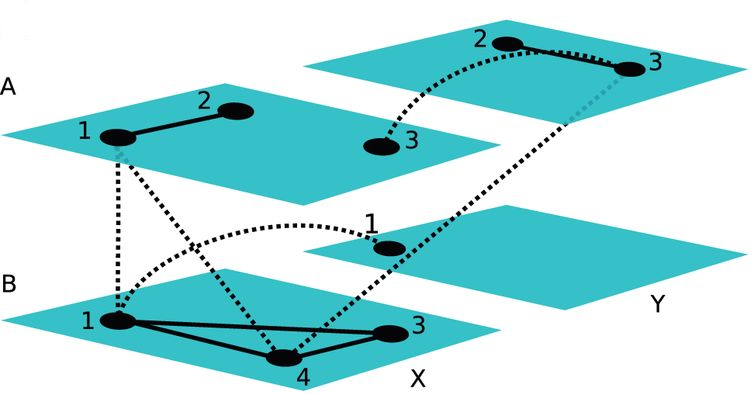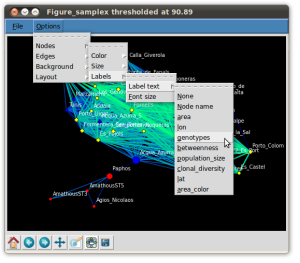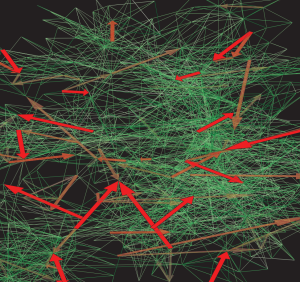M. Kivelä, A. Arenas, M. Barthelemy, J. P. Gleeson, Y. Moreno, M. A. Porter

In most natural and engineered systems, a set of entities interact with each other in complicated patterns that can encompass multiple types of relationships, change in time and include other types of complications. Such systems include multiple subsystems and layers of connectivity, and it is important to take such ‘multilayer’ features into account to try to improve our understanding of complex systems. Consequently, it is necessary to generalize ‘traditional’ network theory by developing (and validating) a framework and associated tools to study multilayer systems in a comprehensive fashion. The origins of such efforts date back several decades and arose in multiple disciplines, and now the study of multilayer networks has become one of the most important directions in network science. In this paper, we discuss the history of multilayer networks (and related concepts) and review the exploding body of work on such networks. To unify the disparate terminology in the large body of recent work, we discuss a general framework for multilayer networks, construct a dictionary of terminology to relate the numerous existing concepts to each other and provide a thorough discussion that compares, contrasts and translates between related notions such as multilayer networks, multiplex networks, interdependent networks, networks of networks and many others. We also survey and discuss existing data sets that can be represented as multilayer networks. We review attempts to generalize single-layer-network diagnostics to multilayer networks. We also discuss the rapidly expanding research on multilayer-network models and notions like community structure, connected components, tensor decompositions and various types of dynamical processes on multilayer networks. We conclude with a summary and an outlook.
Journal of Complex Networks 2(3), p. 203-271
Read the full text



